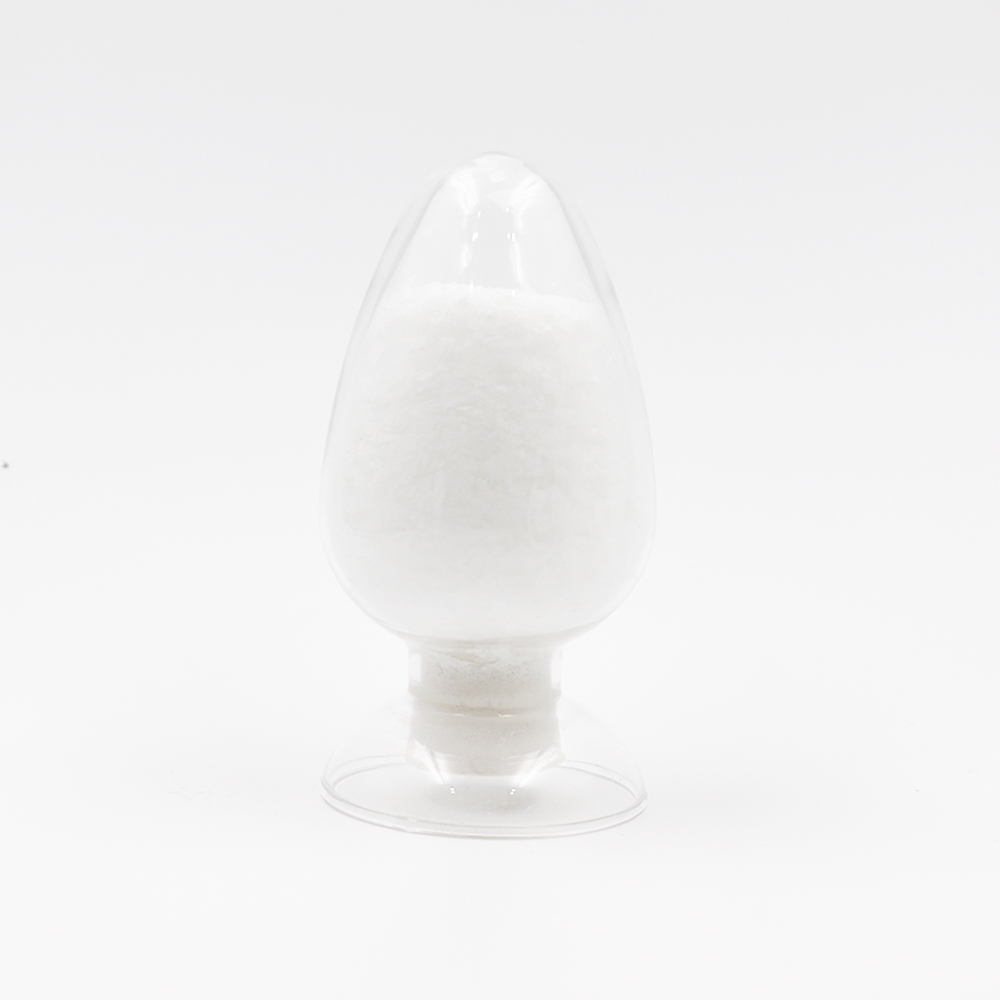
The difference between hydroxypropyl methylcellulose HPMC and methylcellulose MC
2024-04-18 09:35HPMC is hydroxypropyl methylcellulose. It is a kind of non-ionic cellulose mixed ether, which is made from alkalized refined cotton, using propylene oxide and methyl chloride as etherification agents, and is obtained through a series of reactions. The degree of substitution is usually 1.2-2.0. The ratio of methoxyl content and hydroxypropyl content varies.
MC is methylcellulose. After being treated with refined cotton alkali, methyl chloride is used as etherifying agent, and cellulose ether is made after a series of reactions. Generally, the degree of substitution is 1.6-2.0, and the solubility changes with the degree of substitution. It belongs to non-ionic cellulose ether.
Performance comparison between the two:
(1) Hydroxypropyl methylcellulose is easily soluble in cold water; insoluble in hot water. However, its gelation temperature in hot water is significantly higher than that of methyl cellulose, and its solubility in cold water is also greatly improved compared with methyl cellulose.
Methylcellulose is also soluble in cold water; poorly soluble in hot water, its aqueous solution is very stable in the pH=3.12 range.
(2) The viscosity of hydroxypropyl methylcellulose is related to its molecular weight. The higher the molecular weight, the higher the viscosity. Temperature also affects its viscosity, increasing with temperature. Viscosity will decrease, but its high viscosity has a lower temperature effect than methylcellulose. This solution is stable when stored at room temperature.
Methylcellulose has an important effect on the workability and adhesion of the mortar, where "tack" refers to the adhesion felt between the worker's application tool and the wall substrate. That is, the shear resistance of the mortar, the adhesion is large, and the shear resistance of the mortar is large. The force required by the worker during use is also large. The workability of the mortar is poor.
(3) The water retention rate of hydroxypropyl methylcellulose depends on its addition amount, viscosity, etc. The water retention rate is higher than that of methyl cellulose under the same addition amount.
The water retention of methyl cellulose depends on its addition amount, viscosity, particle fineness and dissolution rate, and the dissolution rate mainly depends on the degree of surface modification and particle fineness of cellulose particles.
(4) Hydroxypropyl methylcellulose has better resistance to enzymes than methylcellulose, and the possibility of enzymatic degradation in solution is lower than that of methylcellulose.
The above content is about the distinction and performance comparison of hydroxypropyl methylcellulose and methylcellulose, I hope it will be helpful to everyone!

You are welcome to further explore other products on our website! Our company offers a diverse range of products and provides a full range of solutions to your needs. Whether you would like more product information or have any questions answered, we are happy to help.
Please leave your contact information and we will provide you with detailed product information immediately and answer any questions you may have.
Related Products | |
Polycarboxylate Superplasticizer | |
Polycarboxylate Superplasticizer Flakes | |
Polycarboxylate Superplasticizer Liquid | |
Polycarboxylic Superplasticizer Monomer | TPEG |
HPEG | |
Cellulose ether | |
Hydroxyethyl Methyl Cellulose | |
Lithium salt series products | Lithium silicate |
RDP Redispersible Polymer Powder | |
